Why Cotton Can Kill

There is a perfectly good reason why cotton is one of the most popular fabrics in the world for making clothing – cotton is naturally hypoallergenic, and it’s both incredibly durable and breathable. Cotton is also a sustainable, biodegradable and environmentally friendly source of fibers for creating textiles. It really is one of the wonderful building blocks of many different types of everyday clothing… when used in the right conditions.
Sometimes, cotton is not only the wrong choice when choosing an activewear fabric (ask any hiker why they won’t wear cotton socks)… in some circumstances, it can even cause grave danger or death. The reason for this is that cotton is one of the most absorbent fabrics on Earth, and it’s this incredible liquid-holding capacity that can make or break you.
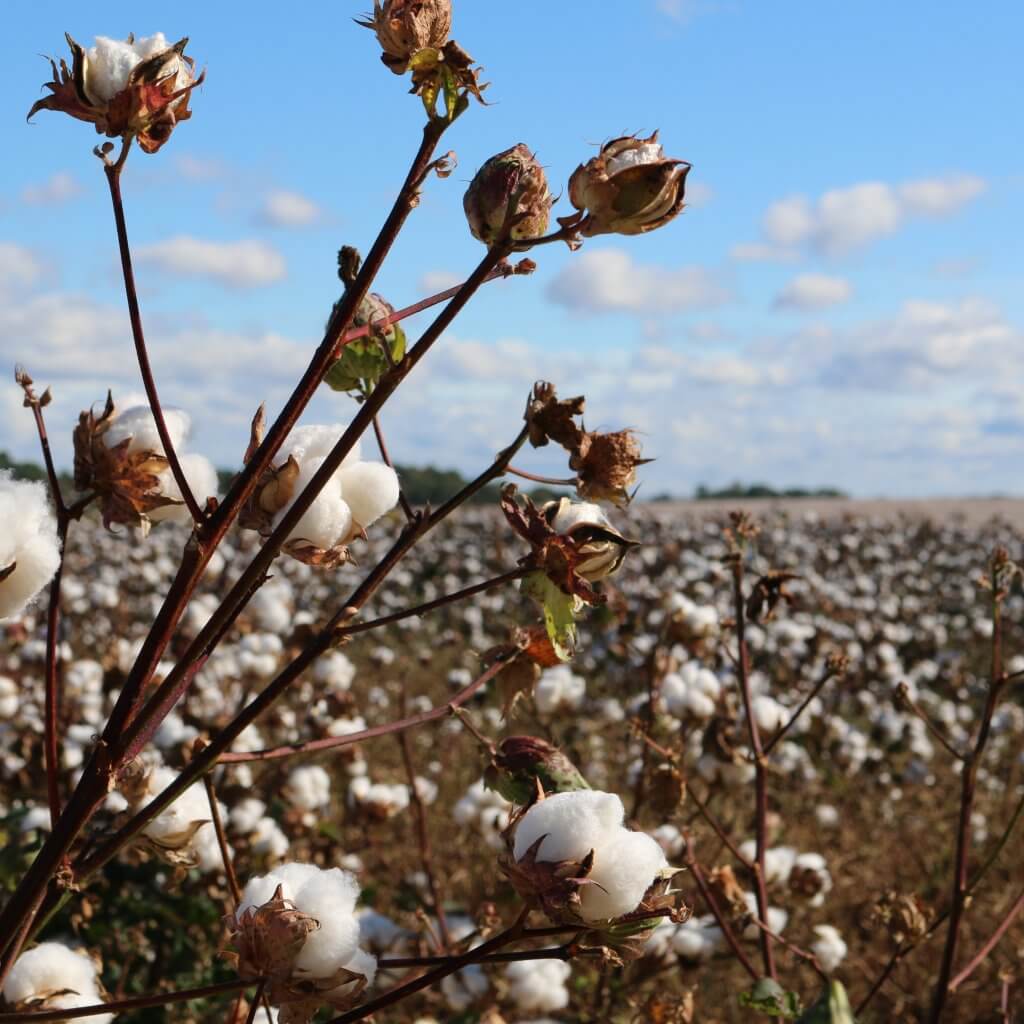
How a Wet or Dry Fabric Affects Your Body Temperature
First, it’s important to understand what happens to your body when it’s touching wet or dry fabric, and how that can affect whether your body becomes hotter or colder. When your body is touching fabric that is dry, it’s able to maintain and self-regulate your internal temperature. In cold conditions, if your body is covered with a dry piece of clothing, the small pocket of air between your skin and the fabric stays warmer than the air outside and acts as an insulation. In warm conditions, if your body is covered with a dry piece of clothing that wicks moisture away as you sweat, your sweat will act as a coolant as it evaporates (ever heard of a swamp cooler?). Those are cold and hot conditions your body will be dealing with if you are using and wearing dry fabrics only, or fabrics that easily wick away moisture (“wicking” means that the fabric pulls moisture from the body into the fibers of the fabric, where the moisture then evaporates because the fabric does not hold water well). Dry fabric is the ideal condition for everyone, all the time. But not all conditions are ideal, especially when you are often outdoors or active.
Now when your body is touching fabric that is moist or wet, everything changes. A wet piece of fabric will conduct heat away from your body up to 25 times faster than a piece of dry fabric. Cotton has an exceptional absorbency rate – it will absorb up to 27 times of its own weight in water, for example.
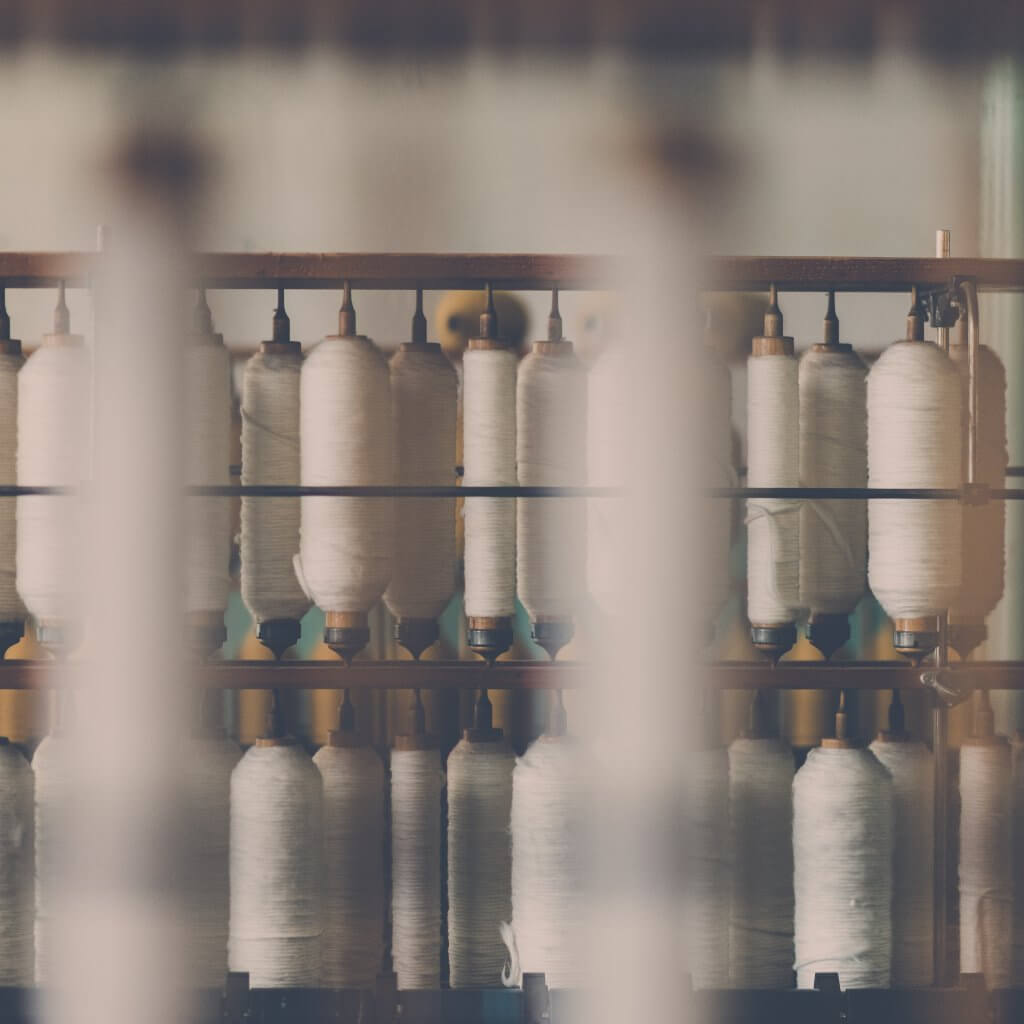
Cotton in Warm Weather
This is great news if you are in certain types of warm weather conditions wearing cotton – the cotton will absorb your sweat, and as the fabric slowly dries and your sweat evaporates, the cotton should keep you nice and airy. The key component of this is the “airy” part… cotton does not “wick away” moisture, in fact, it is known as the “anti-moisture wicking” fabric of the world. It absorbs liquid and then holds the liquid within its fibers unless there is a breeze or some kind of movement of air. For a quick comparison, cotton can absorb up to 27 times its own weight. Linen, while considered an absorbent fabric, can only absorb up to 20% of its own weight. So if you are on a safari in Africa or the beach in Maui, and there’s some airflow or breeze – cotton is for you! It will absorb your excessive sweat, and provide a cooling effect as your sweat dries. However, if you are thinking of cotton for a sock, think again – there’s no airflow in your shoe, and without the ability to dry out, when you sweat the moisture will have nowhere to go. This is why runners and hikers rarely ever use socks made of cotton, and when they do they will often experience blister, chafing, and hot spots.
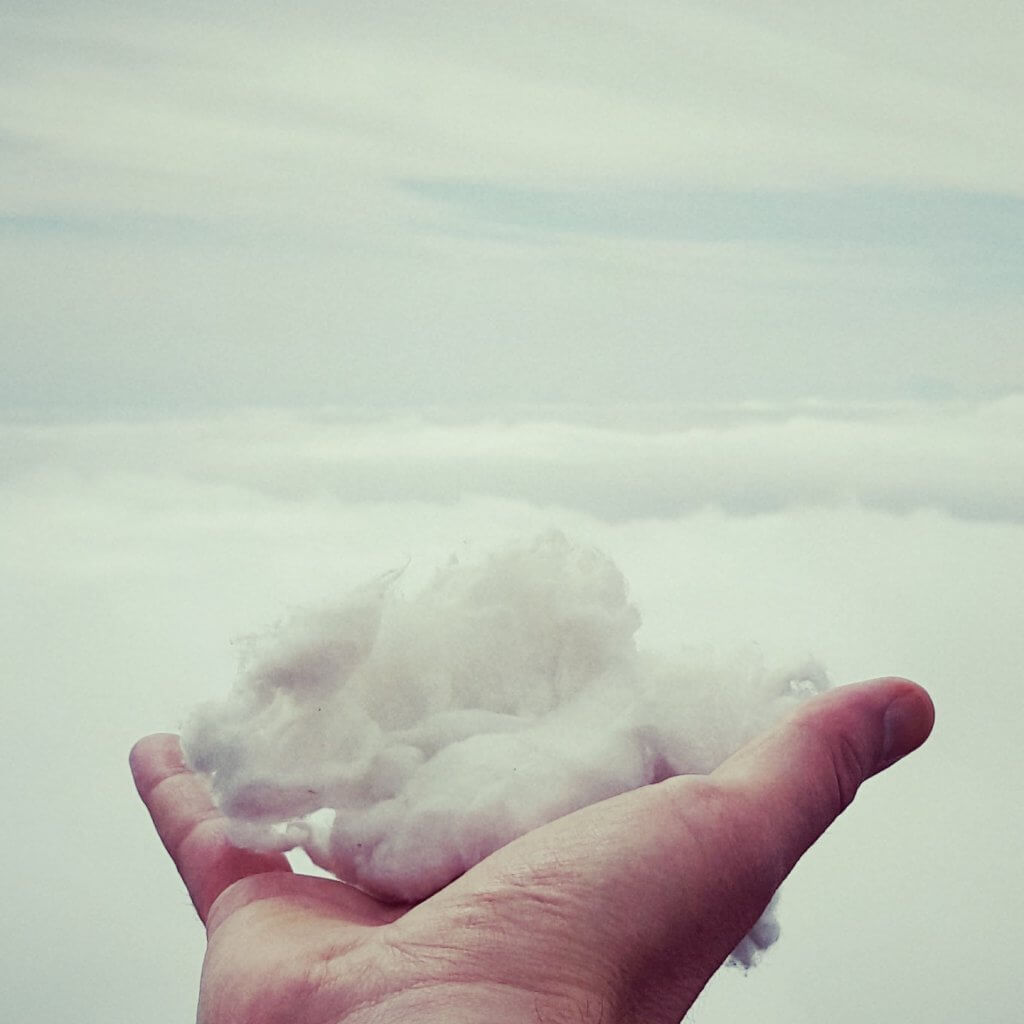
Cotton in Cold Weather
In colder climates, small acts or decisions can often be the difference between life and death. If you live in a warmer climate, it may be hard to understand that something as simple as your choice of fabric can be the cause of your death… but it very much can be. Because of the incredible moisture-holding qualities of cotton that we discussed above (cotton can absorb and hold up to 27 times its own weight in liquid), and the fact that a wet fabric will draw or conduct heat away from your body up to 25 times faster than a dry fabric, cotton will not keep you dry and warm in cold weather. In fact, it will do the opposite. Additionally, that insulating pocket of air trapped between your skin and your clothing will disappear as the cotton absorbs moisture so there will be no insulation benefit. Cotton will keep you damp and chilled, and without an opportunity to dry the fabric out with heat, you will stay that way.
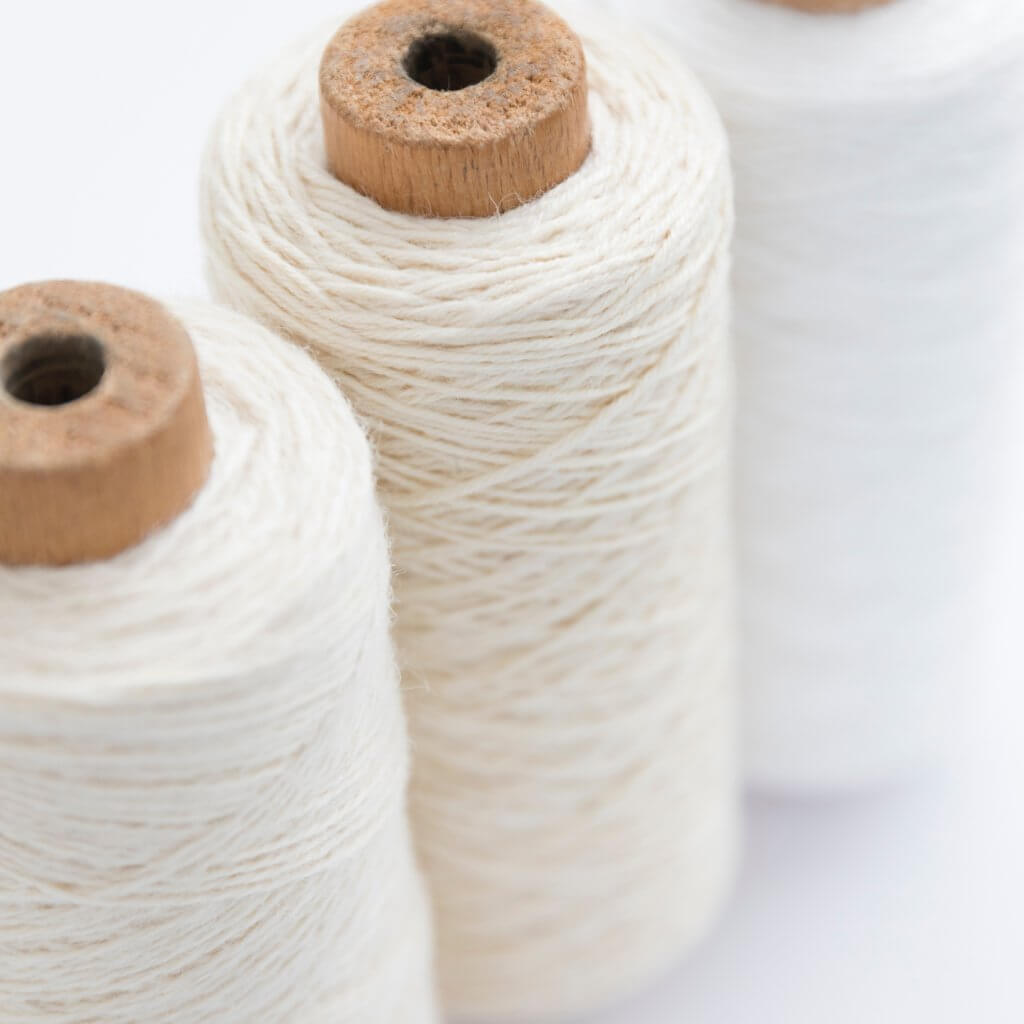
The conditions needed for this to be a life or death inconvenience are normally below zero temperatures, where a person may suffer from hypothermia or even death from being exposed to extreme cold for long periods of time. But it’s not only sub-zero temps you need to worry about. Overexposure to moist, cold weather can cause harm in a variety of ways other than death – it can push a weak immune system into a cold or flu, pneumonia, cause a deep, racking cough, lasting joint pain if exposure is consistent over a long period of time, or even cause the conditions for hypothermia in an air-conditioned home for an elderly person.
Summary
It is always your best bet to stay warm and dry in cold weather, and therefore always a good idea to choose a warmth-holding and moisture-wicking fabric for cold climates. Wool, polyester, nylon, Rayon, bamboo, and silk are all superior fabrics to cotton for use in cold weather.
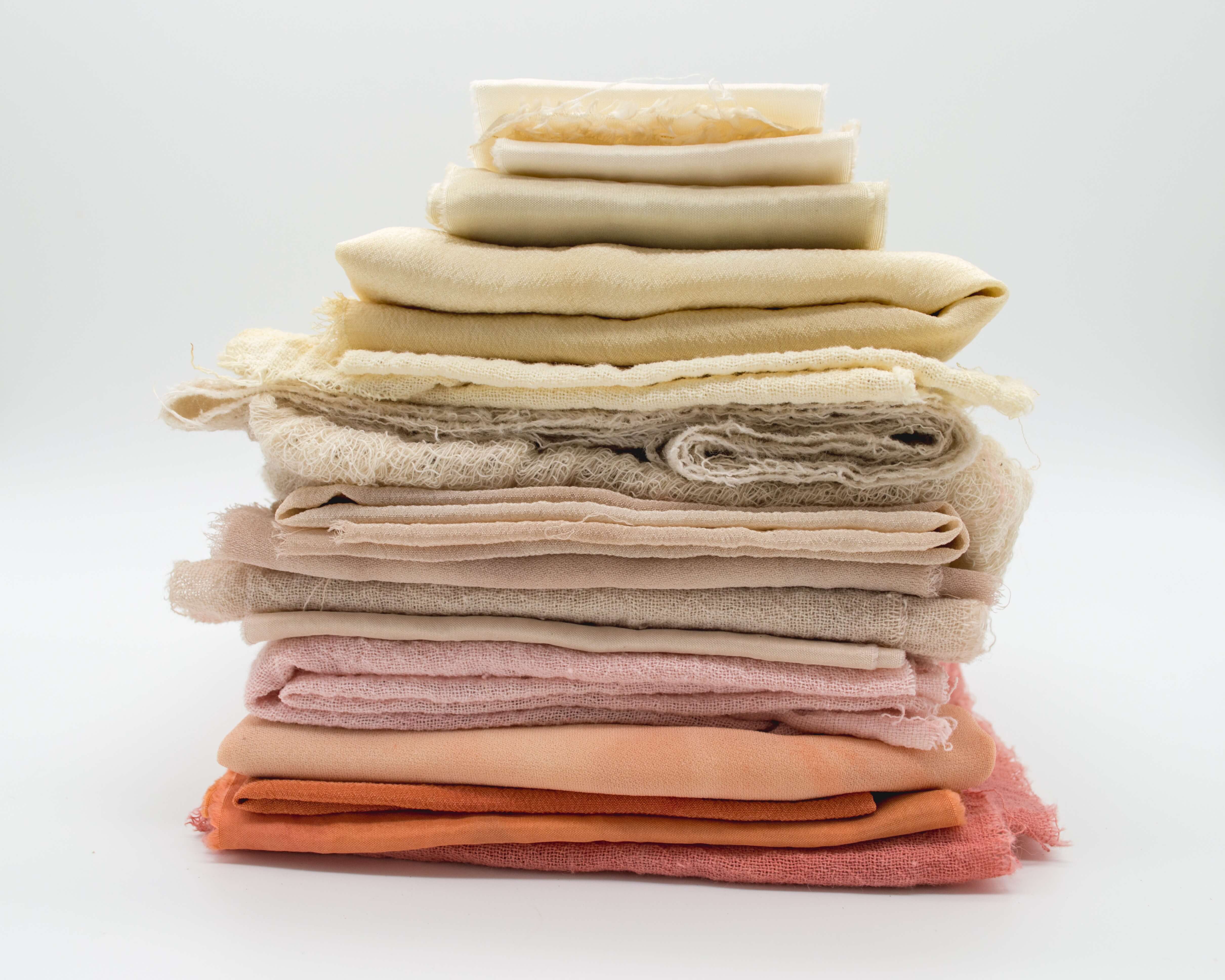
Sources
Latest Articles
 Is Running on a Treadmill Easier Than Running Outside?Runners have their own preferences, whether it is treadmill running, running outside on the road, or exploring trails. So...
Is Running on a Treadmill Easier Than Running Outside?Runners have their own preferences, whether it is treadmill running, running outside on the road, or exploring trails. So... Is It OK to Use Trail Running Shoes on the Road?While trail running shoes can be used on roads, especially in situations where a runner encounters mixed terrains or pref...
Is It OK to Use Trail Running Shoes on the Road?While trail running shoes can be used on roads, especially in situations where a runner encounters mixed terrains or pref... How to Fix Sore Quads After Running?Rest, ice, gentle stretching, and over-the-counter pain relievers can help soothe sore quads after running. Also, ensure ...
How to Fix Sore Quads After Running?Rest, ice, gentle stretching, and over-the-counter pain relievers can help soothe sore quads after running. Also, ensure ... 10 Fruits With The Most Electrolytes to Replace Sports DrinksThese fruits are high in electrolytes such as potassium, magnesium, and calcium, essential for hydration, muscle function...
10 Fruits With The Most Electrolytes to Replace Sports DrinksThese fruits are high in electrolytes such as potassium, magnesium, and calcium, essential for hydration, muscle function...

